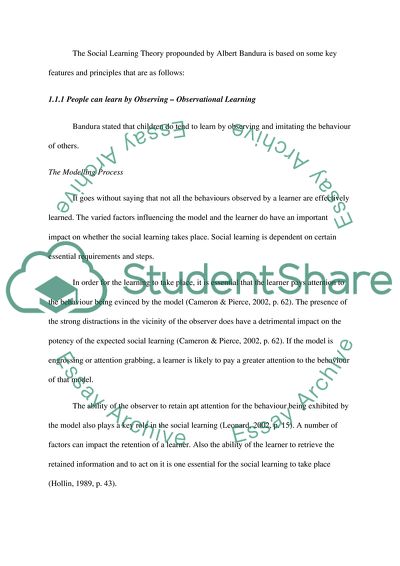Cite this document
(“Psychology of Crime: Social Learning Theory Essay”, n.d.)
Psychology of Crime: Social Learning Theory Essay. Retrieved from https://studentshare.org/psychology/1580593-case-study-for-subject-psychology-of-crime
Psychology of Crime: Social Learning Theory Essay. Retrieved from https://studentshare.org/psychology/1580593-case-study-for-subject-psychology-of-crime
(Psychology of Crime: Social Learning Theory Essay)
Psychology of Crime: Social Learning Theory Essay. https://studentshare.org/psychology/1580593-case-study-for-subject-psychology-of-crime.
Psychology of Crime: Social Learning Theory Essay. https://studentshare.org/psychology/1580593-case-study-for-subject-psychology-of-crime.
“Psychology of Crime: Social Learning Theory Essay”, n.d. https://studentshare.org/psychology/1580593-case-study-for-subject-psychology-of-crime.


